Unit 2 Great people Grammar 课件(共23张PPT) 牛津译林版九年级英语下册
文档属性
| 名称 | Unit 2 Great people Grammar 课件(共23张PPT) 牛津译林版九年级英语下册 | 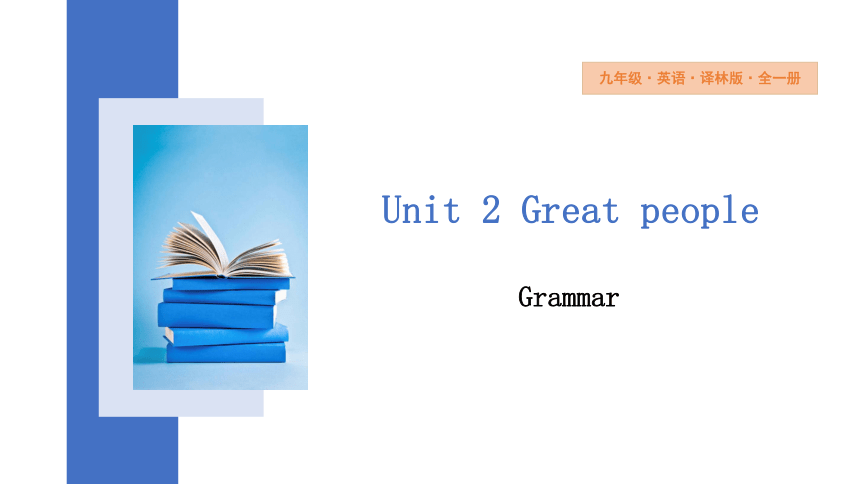 | |
| 格式 | pptx | ||
| 文件大小 | 681.3KB | ||
| 资源类型 | 教案 | ||
| 版本资源 | 牛津译林版 | ||
| 科目 | 英语 | ||
| 更新时间 | 2024-01-12 20:13:55 | ||
图片预览

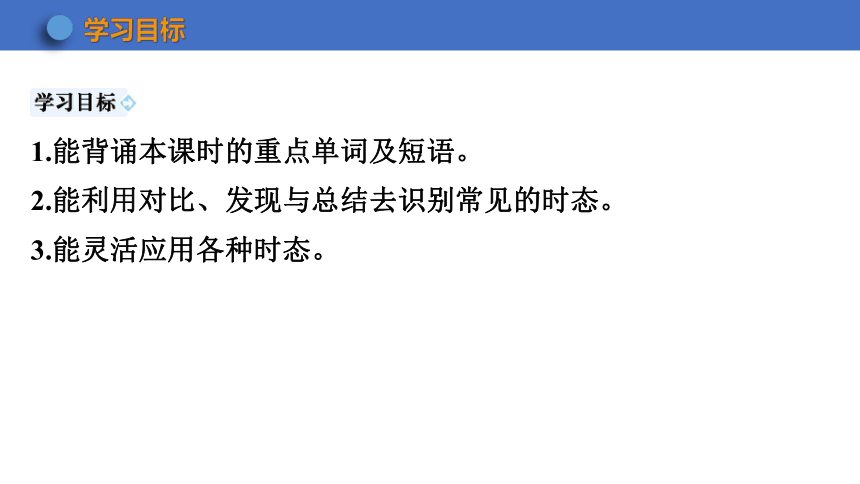
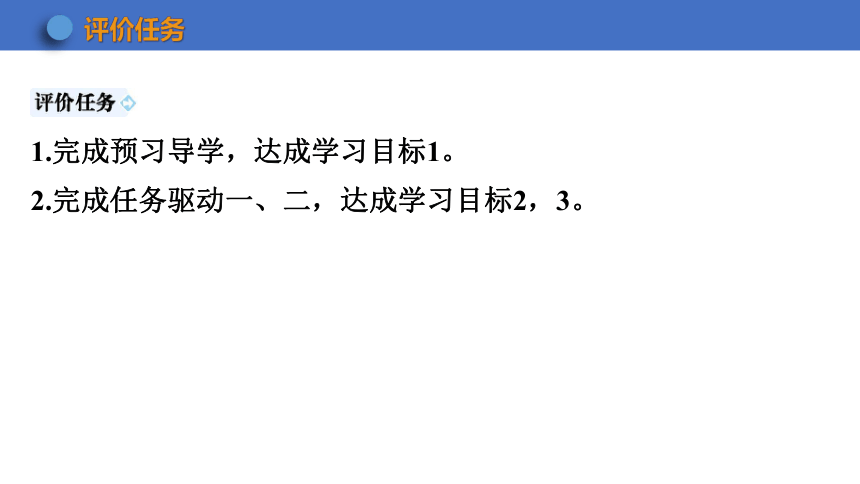
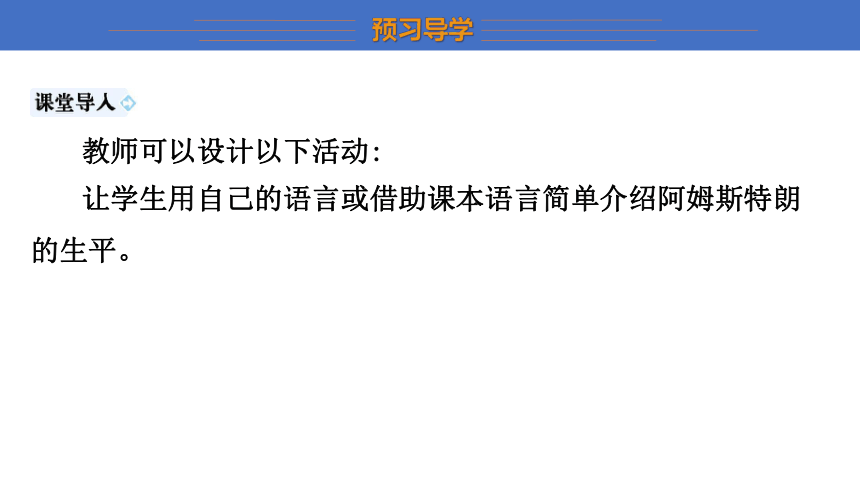
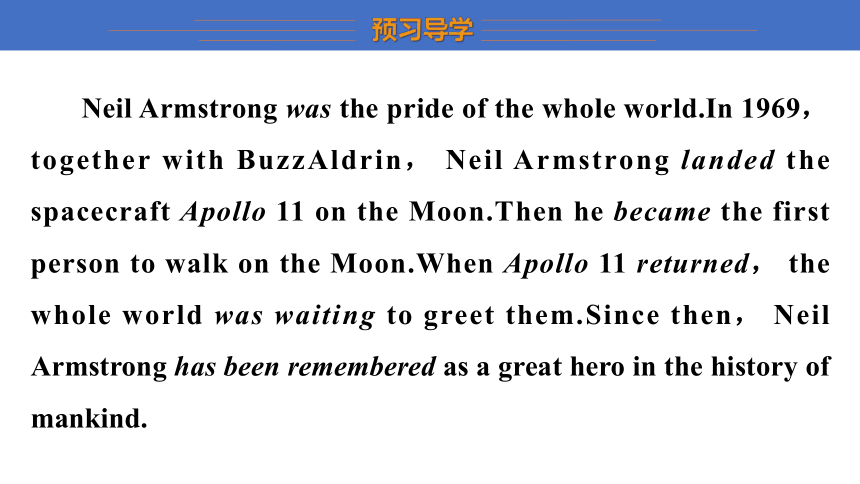
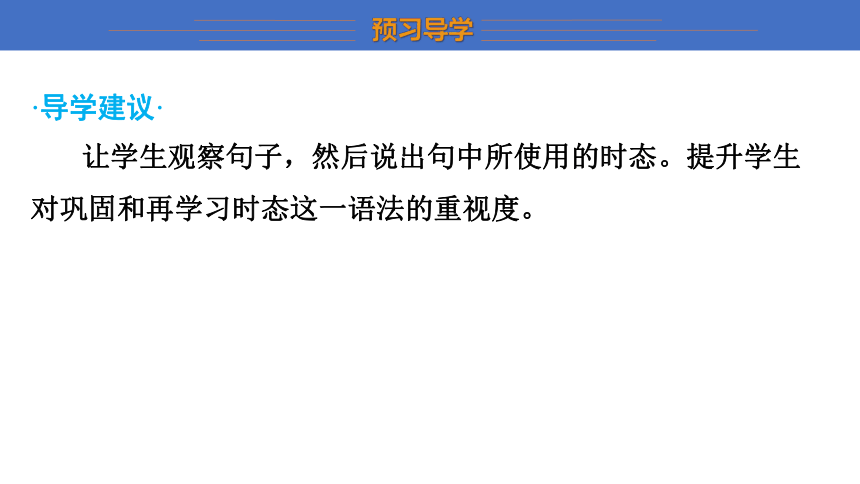
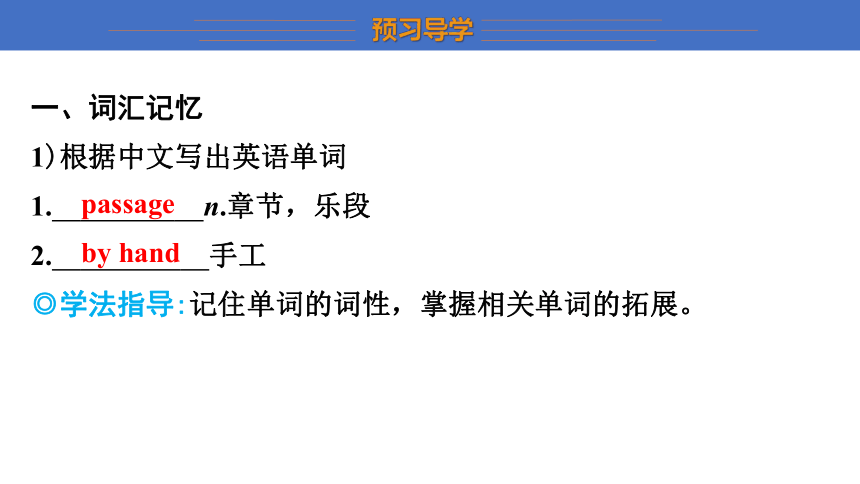
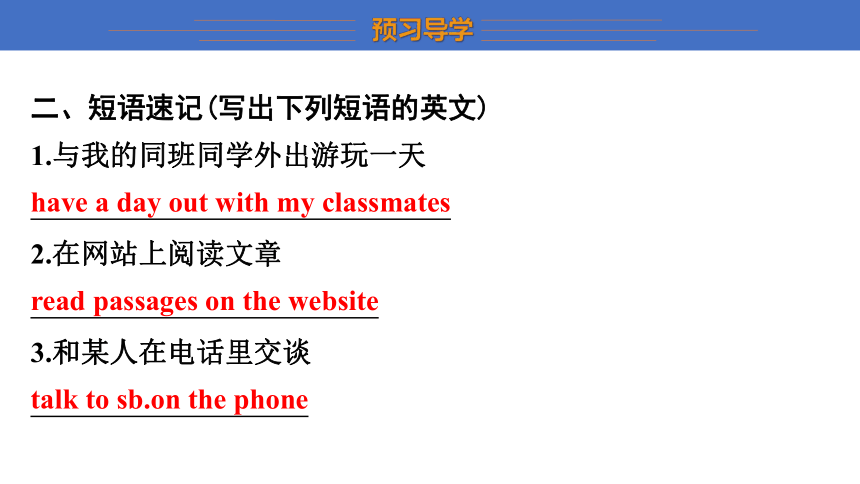
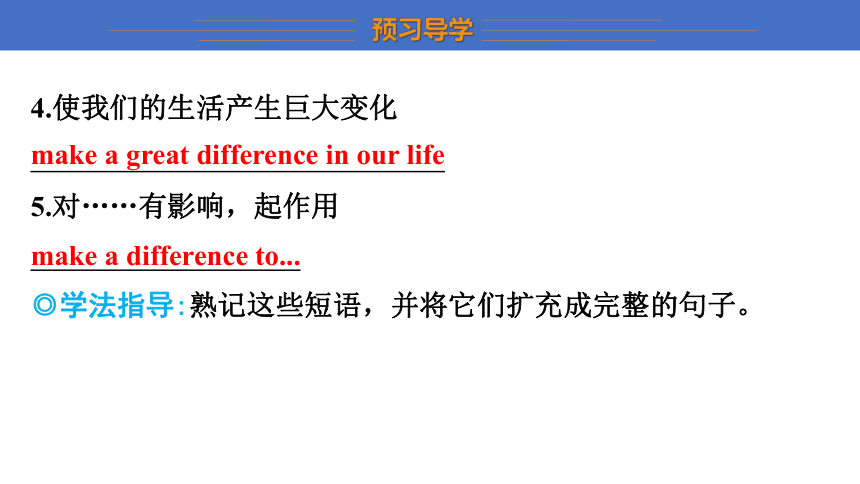
文档简介
(共23张PPT)
九年级·英语·译林版·全一册
Unit 2 Great people
Grammar
1.能背诵本课时的重点单词及短语。
2.能利用对比、发现与总结去识别常见的时态。
3.能灵活应用各种时态。
1.完成预习导学,达成学习目标1。
2.完成任务驱动一、二,达成学习目标2,3。
教师可以设计以下活动:
让学生用自己的语言或借助课本语言简单介绍阿姆斯特朗的生平。
Neil Armstrong was the pride of the whole world.In 1969, together with BuzzAldrin, Neil Armstrong landed the spacecraft Apollo 11 on the Moon.Then he became the first person to walk on the Moon.When Apollo 11 returned, the whole world was waiting to greet them.Since then, Neil Armstrong has been remembered as a great hero in the history of mankind.
·导学建议·
让学生观察句子,然后说出句中所使用的时态。提升学生对巩固和再学习时态这一语法的重视度。
一、词汇记忆
1)根据中文写出英语单词
1. passage n.章节,乐段
2. by hand 手工
◎学法指导:记住单词的词性,掌握相关单词的拓展。
passage
by hand
二、短语速记(写出下列短语的英文)
1.与我的同班同学外出游玩一天
have a day out with my classmates
2.在网站上阅读文章
read passages on the website
3.和某人在电话里交谈
talk to sb.on the phone
have a day out with my classmates
read passages on the website
talk to sb.on the phone
4.使我们的生活产生巨大变化
make a great difference in our life
5.对……有影响,起作用
make a difference to...
◎学法指导:熟记这些短语,并将它们扩充成完整的句子。
make a great difference in our life
make a difference to...
时态辨别
·导学建议·
先让学生独立完善表格,然后采取小组合作的形式去探讨一般现在时与现在进行时的具体概念、结构、时间状语标志词,
最后利用小组汇报的形式展示成果,避免枯燥。
◎学法指导:自己独立完善表格,然后在小组内讨论一般现在时与现在进行时的结构与用法上的不同之处。
1.仔细观察下面表格内容,参考课本P26 Part A部分的例句,完善下列表格。
Simple Present VS Present Continuous
Simple Present Present Continuous
(1)与其连用常见的副词或时间状语: always, usually, often, sometimes, rarely, never, every week, once/twice/three times a week/... (2)与其连用常见的时间状语: now, right now, at the moment, today, this week/...
always, usually, often,
sometimes, rarely, never, every
week, once/twice/three times a
week/...
now, right
now, at the moment,
today, this week/...
2.仔细观察下面表格内容,参考课本P27 Part B部分的例句,完善下列表格。
Simple Past VS Past Continuous
Simple Past Past Continuous
特殊句型①:过去进行时+while+过去进行时 (1)妈妈在做饭而我在做我的家庭作业。 My mother was cooking while I was doing my homework. 特殊句型②:过去进行时+when+一般过去时 (2)当下雨的时候,我正在睡觉。 I was sleeping when it started to rain.
was cooking
was doing
was sleeping
started
3.仔细观察下面表格内容,参考课本P28 Part C部分的例句,完善下列表格。
Simple Past VS Present perfect
Simple Past Present perfect
与一般过去时连用常见的时间状语: yesterday,an hour ago,the day before yesterday,last year/... 与现在完成时连用常见的时间状语: already, yet, ever, just, recently/since +过去时间, for +段时间/...
yesterday,an hour
ago,the day before yesterday,last year/...
already, yet, ever,
just, recently/since +过去时间, for +段时间/...
时态操练
单项选择
( D )1—Hi, Daniel.You didn’t attend the chess class last night.
—Oh, I my son’s model plane.
A.repair B.will repair
C.have repaired D.was repairing
D
( A )2—Peter, have you ever been to the English Corner?
—Oh, yes.I there to practice speaking English once a week last term.
A.went B.go
C.have gone D.will go
( C )3I want a mobile phone which good pictures.
A.took B.is taking
C.takes D.take
A
C
( D )4—The air here is much fresher than before.
—Exactly! We a lot of trees in the past few years.
A.plant B.were planting
C.will plant D.have planted
( C )5—Dad, Where’s Mum?
—She in the kitchen now.
A.works B.worked
C.is working D.was working
D
C
In the past, people washed their clothes by hand.在过去,人们用手洗衣服。
◎观察思考:
Farm workers milked cows by hand.农场工人们手工给奶牛挤奶。
Do people in Italy shake hands when they meet? 在意大利,人们见面时握手吗?
Let me give you a hand with those bags.让我来帮你拎那些包吧。
Time’s up.Stop writing and hand in your papers.时间到了。不要再写了,把试卷交上来。
One of my jobs was to hand out the prizes.我的工作之一是分发奖品。
◎用法总结:
by hand意为“用手;手工的”;shake hands with sb.意为“与某人握手”;give sb.a hand意为“帮助某人”;hand in意为“上交”;hand out意为“分发”。
翻译句子。
1.这里的稻农仍然用手工种植和收割庄稼。
Rice farmers here still plant and harvest their crops by hand .
2.他们应该彼此握手。
They’re expected to shake hands with each other .
3.好在他在这里,可以帮你一把。
Luckily, he is here and can give you a hand .
by
hand
shake hands with each other
give you a hand
4.你应当按时上交作业。
You should hand in your homework on time.
5.你能帮忙把这些书发给大家吗?
Could you please help hand these books out ?
hand in
hand these books out
九年级·英语·译林版·全一册
Unit 2 Great people
Grammar
1.能背诵本课时的重点单词及短语。
2.能利用对比、发现与总结去识别常见的时态。
3.能灵活应用各种时态。
1.完成预习导学,达成学习目标1。
2.完成任务驱动一、二,达成学习目标2,3。
教师可以设计以下活动:
让学生用自己的语言或借助课本语言简单介绍阿姆斯特朗的生平。
Neil Armstrong was the pride of the whole world.In 1969, together with BuzzAldrin, Neil Armstrong landed the spacecraft Apollo 11 on the Moon.Then he became the first person to walk on the Moon.When Apollo 11 returned, the whole world was waiting to greet them.Since then, Neil Armstrong has been remembered as a great hero in the history of mankind.
·导学建议·
让学生观察句子,然后说出句中所使用的时态。提升学生对巩固和再学习时态这一语法的重视度。
一、词汇记忆
1)根据中文写出英语单词
1. passage n.章节,乐段
2. by hand 手工
◎学法指导:记住单词的词性,掌握相关单词的拓展。
passage
by hand
二、短语速记(写出下列短语的英文)
1.与我的同班同学外出游玩一天
have a day out with my classmates
2.在网站上阅读文章
read passages on the website
3.和某人在电话里交谈
talk to sb.on the phone
have a day out with my classmates
read passages on the website
talk to sb.on the phone
4.使我们的生活产生巨大变化
make a great difference in our life
5.对……有影响,起作用
make a difference to...
◎学法指导:熟记这些短语,并将它们扩充成完整的句子。
make a great difference in our life
make a difference to...
时态辨别
·导学建议·
先让学生独立完善表格,然后采取小组合作的形式去探讨一般现在时与现在进行时的具体概念、结构、时间状语标志词,
最后利用小组汇报的形式展示成果,避免枯燥。
◎学法指导:自己独立完善表格,然后在小组内讨论一般现在时与现在进行时的结构与用法上的不同之处。
1.仔细观察下面表格内容,参考课本P26 Part A部分的例句,完善下列表格。
Simple Present VS Present Continuous
Simple Present Present Continuous
(1)与其连用常见的副词或时间状语: always, usually, often, sometimes, rarely, never, every week, once/twice/three times a week/... (2)与其连用常见的时间状语: now, right now, at the moment, today, this week/...
always, usually, often,
sometimes, rarely, never, every
week, once/twice/three times a
week/...
now, right
now, at the moment,
today, this week/...
2.仔细观察下面表格内容,参考课本P27 Part B部分的例句,完善下列表格。
Simple Past VS Past Continuous
Simple Past Past Continuous
特殊句型①:过去进行时+while+过去进行时 (1)妈妈在做饭而我在做我的家庭作业。 My mother was cooking while I was doing my homework. 特殊句型②:过去进行时+when+一般过去时 (2)当下雨的时候,我正在睡觉。 I was sleeping when it started to rain.
was cooking
was doing
was sleeping
started
3.仔细观察下面表格内容,参考课本P28 Part C部分的例句,完善下列表格。
Simple Past VS Present perfect
Simple Past Present perfect
与一般过去时连用常见的时间状语: yesterday,an hour ago,the day before yesterday,last year/... 与现在完成时连用常见的时间状语: already, yet, ever, just, recently/since +过去时间, for +段时间/...
yesterday,an hour
ago,the day before yesterday,last year/...
already, yet, ever,
just, recently/since +过去时间, for +段时间/...
时态操练
单项选择
( D )1—Hi, Daniel.You didn’t attend the chess class last night.
—Oh, I my son’s model plane.
A.repair B.will repair
C.have repaired D.was repairing
D
( A )2—Peter, have you ever been to the English Corner?
—Oh, yes.I there to practice speaking English once a week last term.
A.went B.go
C.have gone D.will go
( C )3I want a mobile phone which good pictures.
A.took B.is taking
C.takes D.take
A
C
( D )4—The air here is much fresher than before.
—Exactly! We a lot of trees in the past few years.
A.plant B.were planting
C.will plant D.have planted
( C )5—Dad, Where’s Mum?
—She in the kitchen now.
A.works B.worked
C.is working D.was working
D
C
In the past, people washed their clothes by hand.在过去,人们用手洗衣服。
◎观察思考:
Farm workers milked cows by hand.农场工人们手工给奶牛挤奶。
Do people in Italy shake hands when they meet? 在意大利,人们见面时握手吗?
Let me give you a hand with those bags.让我来帮你拎那些包吧。
Time’s up.Stop writing and hand in your papers.时间到了。不要再写了,把试卷交上来。
One of my jobs was to hand out the prizes.我的工作之一是分发奖品。
◎用法总结:
by hand意为“用手;手工的”;shake hands with sb.意为“与某人握手”;give sb.a hand意为“帮助某人”;hand in意为“上交”;hand out意为“分发”。
翻译句子。
1.这里的稻农仍然用手工种植和收割庄稼。
Rice farmers here still plant and harvest their crops by hand .
2.他们应该彼此握手。
They’re expected to shake hands with each other .
3.好在他在这里,可以帮你一把。
Luckily, he is here and can give you a hand .
by
hand
shake hands with each other
give you a hand
4.你应当按时上交作业。
You should hand in your homework on time.
5.你能帮忙把这些书发给大家吗?
Could you please help hand these books out ?
hand in
hand these books out
